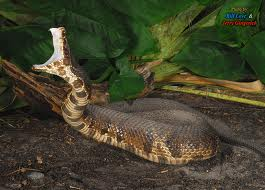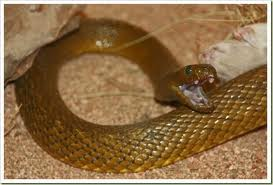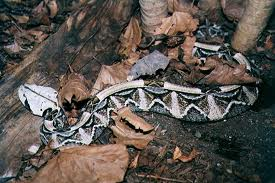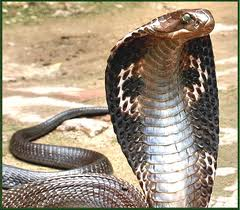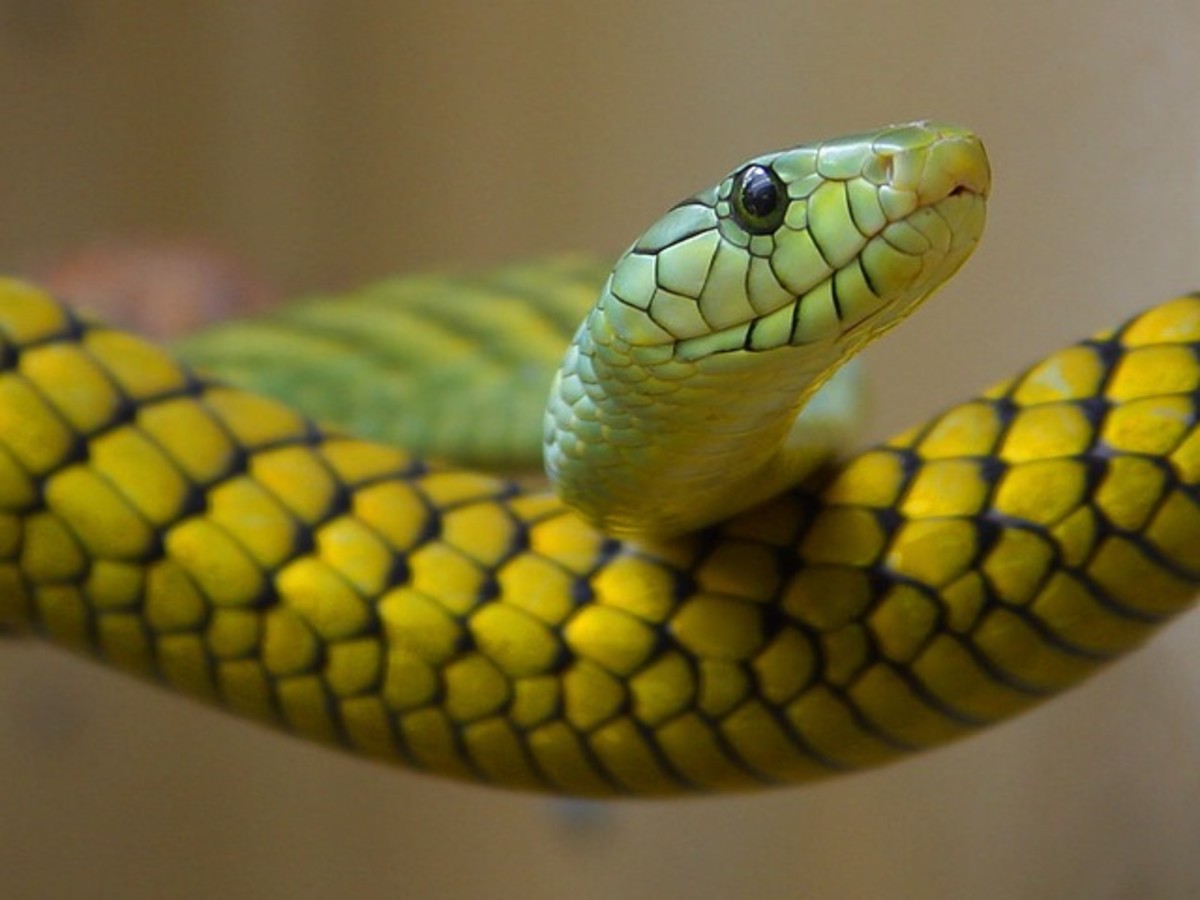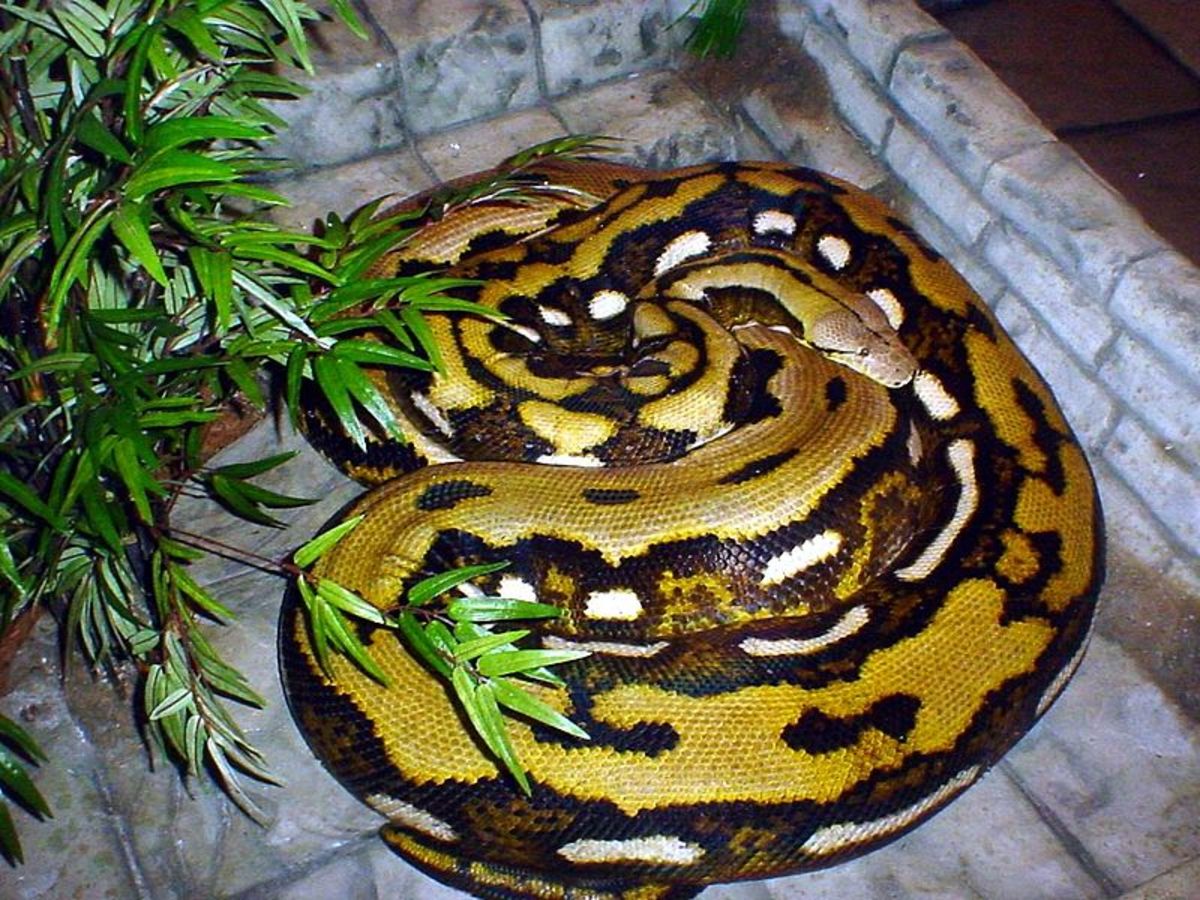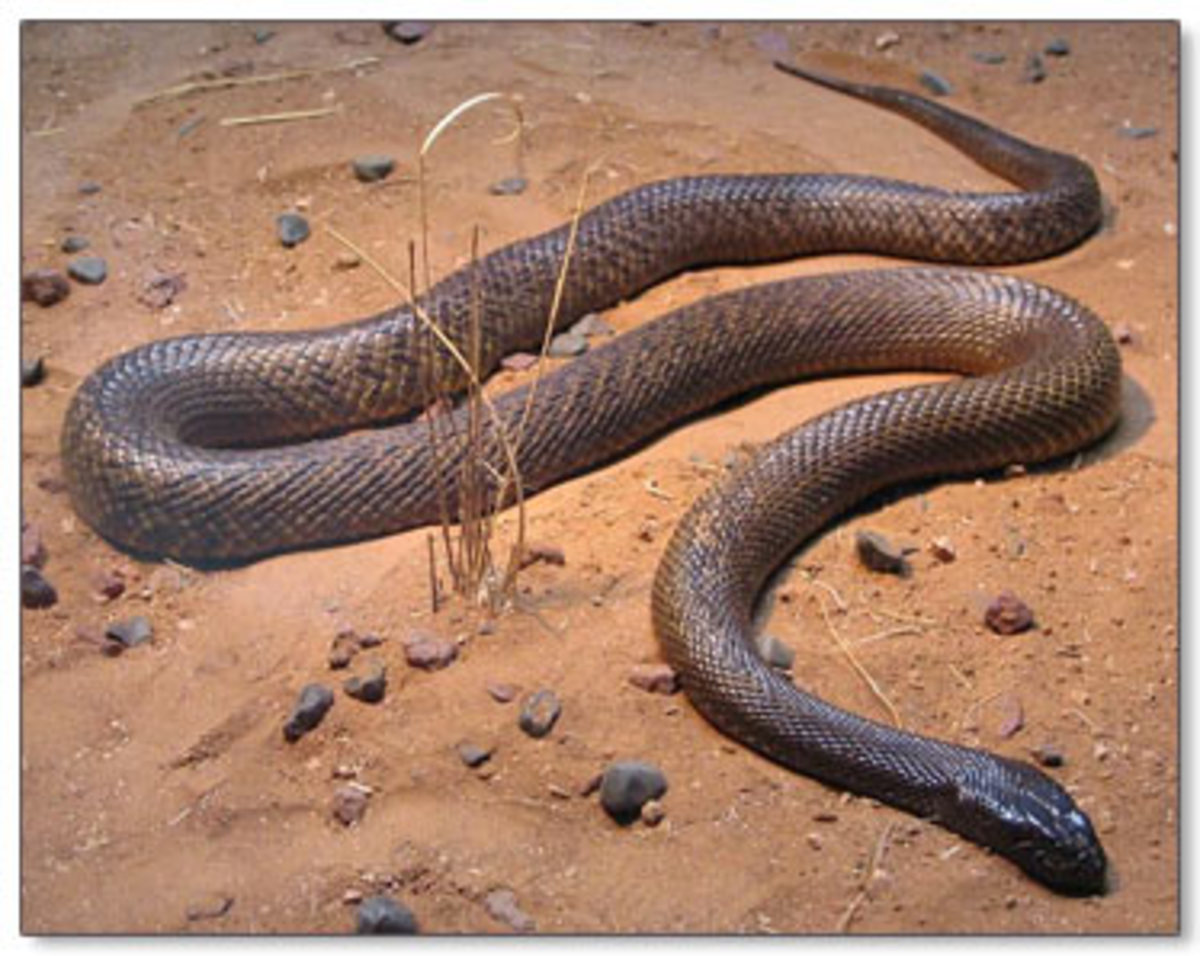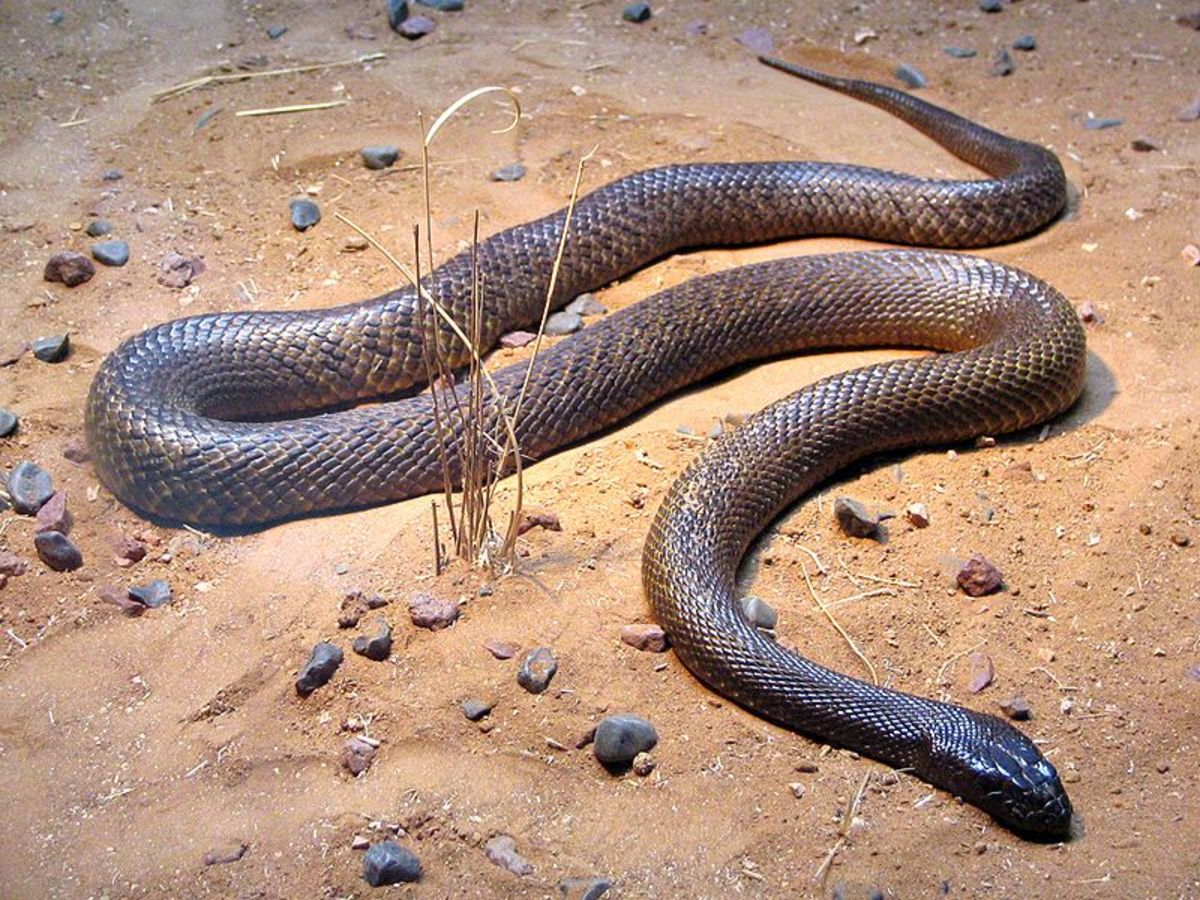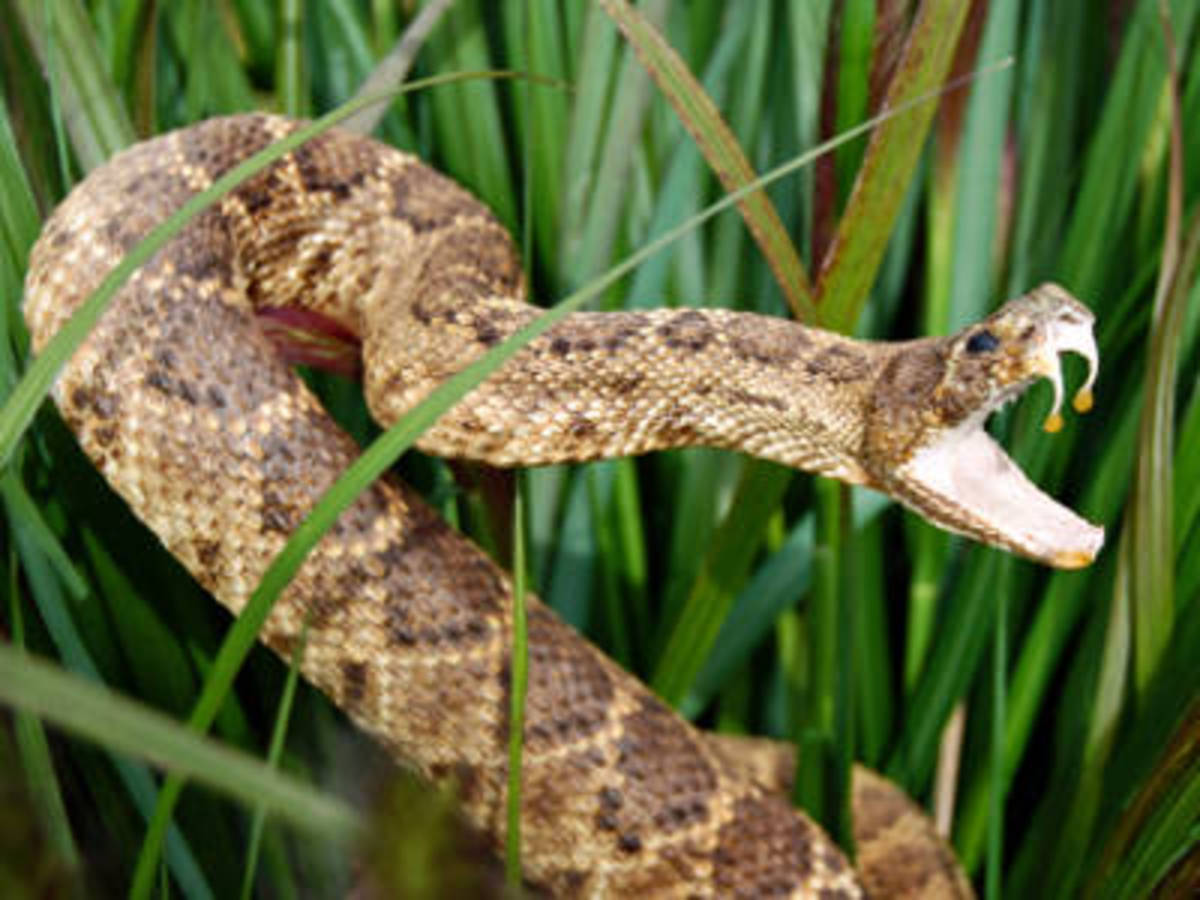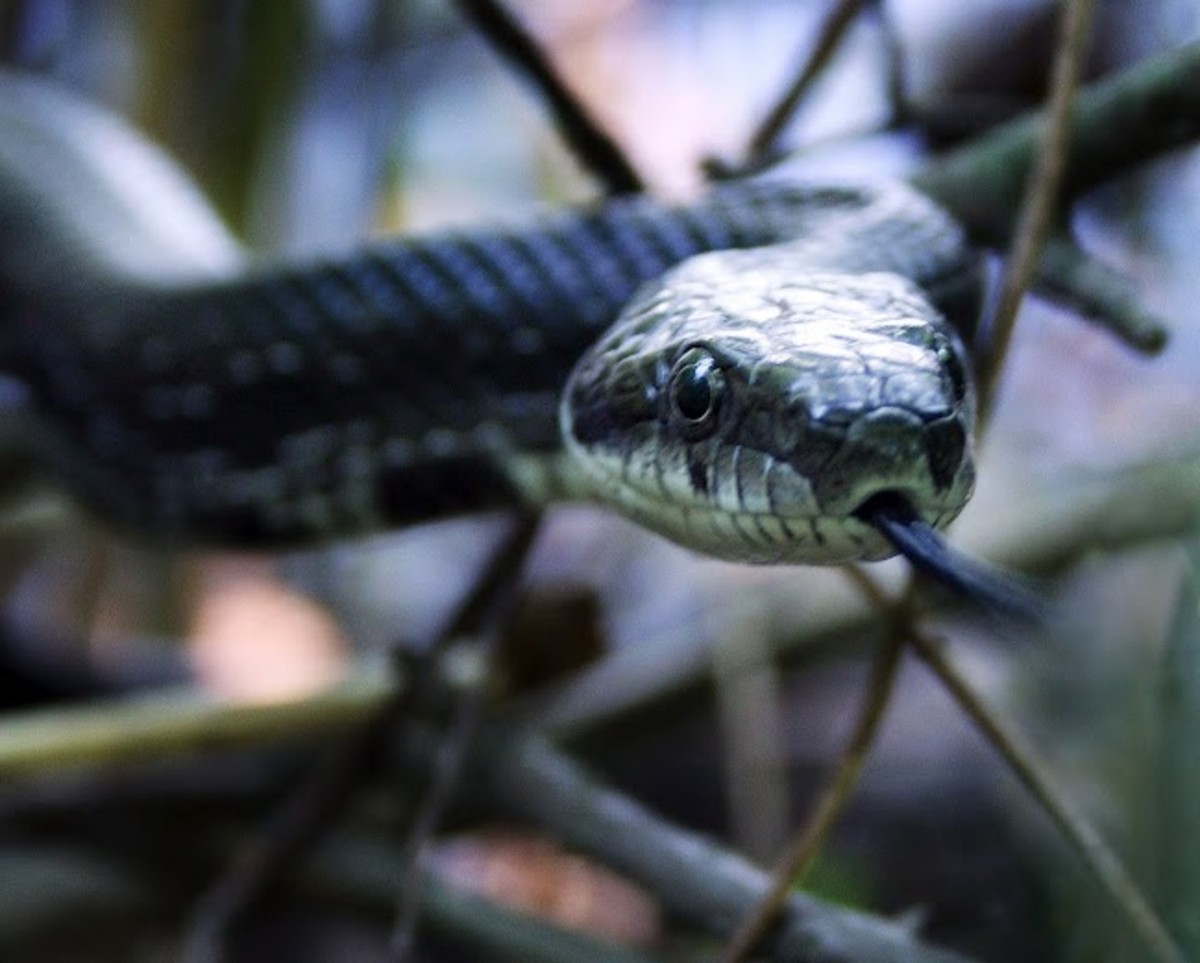Snakes Have Two Main Types of Venom: Neither is Nice
Deadly but beautiful are our snakes
Click thumbnail to view full-size




Snake Venom is a Complex Substance
As one does, I was lying in bed thinking about snakes this morning. Before you lot start reading something Freudian into that, my own snake (Willy) was in its normal comatose state these days.
No. I meant the world's venomous snakes and the thing that was going round and around my mind was a big Why? Why do some snakes have haematoxic venom and others, neurotoxic? What has caused some species to evolve one way while the others have taken a different evolutionary route? Hey! What do you think about in bed then?
I investigated all possible souces, and couldn’t answer this within - sorry, but it turns out, there are less differences than similarities in the modified saliva, the Zootoxin, that snakes use to paralyse and slow their prey.
Most snakes have a lot of one type of venom and less of the other.
All snake venom (not poison as it is virtually harmless if swallowed) is made of extremely complicated compounds of proteins and enzymes, etc.
In a very general sense, this venom has neurotoxic or haemotoxic effects on the mammalian body. As its name suggests, neurotoxin attacks the nervous system, eventually paralysing the victim and causing death. Haematoxin attacks the red blood cells with the end result not much different from neurotoxin.
We have trouble in diagnosing and understanding the effects on humans because the experiments to determine toxicity, etc., are normally done on laboratory mice. As mice are on most snake's diet in the wild, it may be true their venom is more toxic to mice that it is to, say, a horse or a human.
Some venom of both types is faster acting than another, although the end result of fatality may be the same. Sea snakes, for example, have very fast acting venom so their prey - fast moving fish - keel over before they can escape. But a king cobra, in the top five of dangerous snakes, preys mainly on other snakes which it easily follows after being struck. Snakes which consume many birds may have a fast acting venom, and so on.
But it is curious why all he most venomous Australian snakes have venom predominantly neurotoxic. These include the two Taipans, (on a lighter note, my spellcheck changed this to “tampons!”). The Tiger, Death Adder, Copperhead, King Brown, Red-Bellied Black Snake. (The so called “Fierce Snake” is actually the Inland Taipan, and the world’s most venomous snake. Luckily, it is rare and people are seldom bitten. as both Taipan bites are 100% fatal in most cases if the attack is not treated.)
But why are all these snakes equiped with neurotoxin, while the most dangerous snakes in Africa, including the mambas, several cobras, puff adder boomslang, gaboon viper and many more, have varying types of toxin?
The same applies in Asia, with both neurotoxin and haemotoxin found in many species.
Venom has been evolving in the organs and glands of snakes and other creatures for at least 100 million years. Many of the snakes themselves have come and gone as has their specialized prey. Their venom has two functions: predatory and defensive, the latter use the one that victimises man, usually after he has blundered onto the snake or is tormenting it in some way. Snakes are normally passive and slow moving creatures, but most can change in an instant into several feet of sinew and muscle, in a homicidal rage and bent on doing its tormentor severe harm.
Yet most are passive to the extreme. I have stroked wild rattlers in Baja with no reaction. Even one of the world’s most lethal snakes, the Gaboon Viper, with the most venom in volume and the longest fangs on the planet is so reluctant to employ its armory that experienced bushmen handle it with impunity, meanwhile marvelling at the beauty of this exquisite creature. (see pic).
On the other hand, nobody handles Black Mambas, Taipans, Eastern Diamonback Rattlesnakes and King Cobras, among several more highly exciteable reptiles. The Black Mamba is perhaps the world’s most dangerous snake as it is lightning fast, can reach head height and has an awful venom and character to go with it.
In North America, rattlesnakes reign supreme and no Hollywood shitkicker would be complete without Big John or some other bone- head jerking out his hawg’s leg and blowing the crap out of a rattlesnake. The two largest are the Western Diamondback and the Eastern Diamondback, there are several other species.
People rightly fear the copperhead and the cottonmouth, both with nasty venom and often irritable temperaments, usually after getting hit with empty beer cans, etc. Both neurotoxin and haemotoxin makes an appearance.
The internet is full of enquiries about which is the world’s most venomous and/or deadly snake, spider, scorpion et al. This is really like the old tiger/lion argument (which would win in a fight). In the case of snakes there are so many variables, that a definitive answer will change according to the chronicler and his sources. What I will say is there are several contenders:
1) Black Mamba
2) Taipan
3) King Cobra
4) Eastern Diamondback
5) Bushmaster
6)Tiger Snake
7) Brown Snake
8) Beaked Sea Snake
Some; like the Gaboon Viper, doesn't make this list; -if it was aggressive, it would be number one. Lots of variables like this and one expert's advice confounds another...
Well to paraphrase Hemingway, “There were a few important things to be said,” but I am afraid my nocturnal musing of exactly why some areas have snakes with one type of venom, yet another, a separate type, could not be answered for your - or my - satisfaction. I will follow up on this because there must be a reason why Oz's snakes have one kind of venom only and most are on the most deadly list, and that is the oldest, most stable continent...

